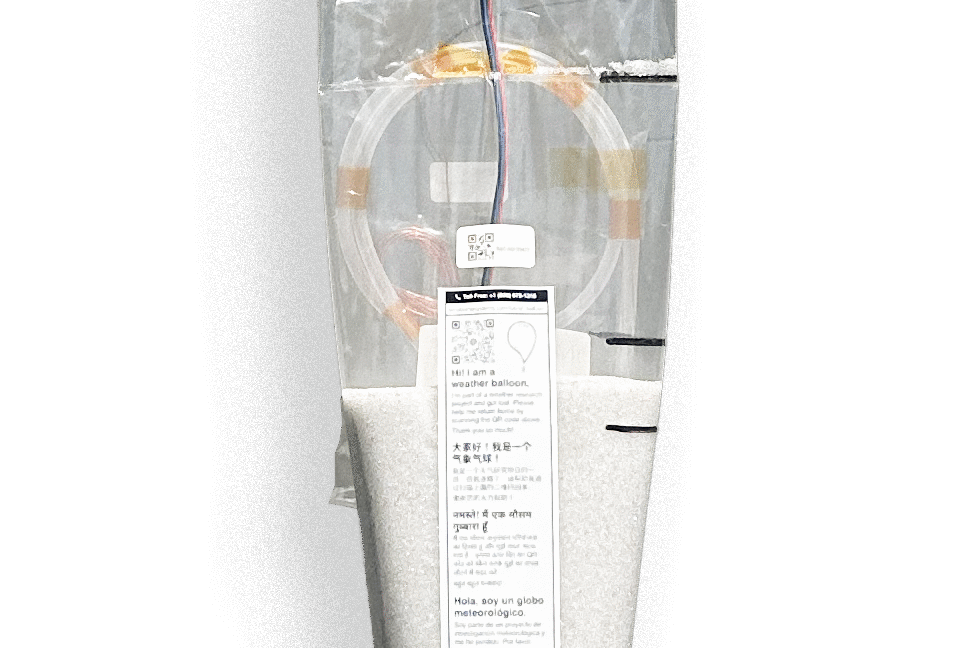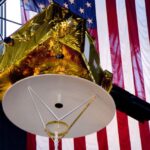Weather Balloon Mistaken for Space Debris Causing Damage to United Airlines Flight

Last week’s incident involving a United Airlines flight has puzzled investigators and the public alike, with initial theories ranging from space debris to avian collisions. However, recent findings suggest that the cause was actually a weather balloon, not space debris, as previously speculated.
The aircraft, Flight 1093, sustained significant damage to its front window during the flight, raising questions about what could have caused such an impact at cruising altitude. Experts now believe that a weather balloon, launched by a weather prediction company, was responsible for the collision.
Kai Marshland, co-founder of WindBorne Systems, explained to Ars Technica that their company’s weather balloon was likely involved. “We think this was a WindBorne balloon,” Marshland stated. “We became aware of UA1093 and its possible connection to one of our balloons around 11 pm PT on Sunday, and immediately initiated an investigation.” He further added that by 6 am PT, preliminary findings had been shared with the National Transportation Safety Board (NTSB) and the Federal Aviation Administration (FAA), and collaboration is ongoing to determine the full details.
Weather balloons are commonly used for atmospheric research and are generally designed to reach high altitudes. While they are typically tracked and accounted for, occasional accidents can happen if a balloon drifts into flight paths of commercial aircraft. This incident highlights the importance of monitoring and coordinating such activities to prevent potential collisions.
Authorities continue to investigate the exact circumstances of the impact, emphasizing the need for better tracking systems for high-altitude research balloons. The incident serves as a reminder of the complexities involved in airspace safety and the importance of effective communication between weather service providers and aviation authorities.
For more information on aviation safety and weather balloon operations, consult official resources such as the FAA’s guidelines on aviation safety and the National Weather Service’s documentation on atmospheric research tools.



